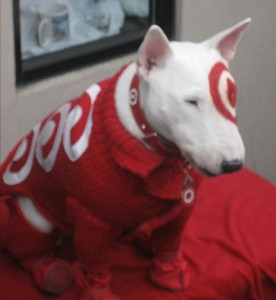David Segal’s Times article, “In Pursuit of the Perfect Brainstorm,” looks at the world of Ideas Entrepreneurs, individuals and companies that help corporations and government agencies solve problems and develop products. The field has its own Orwellian argot (e.g., “thought leaders”) and tries to overcome “highly ambiguous problems.” One such think tank is Jump in San Mateo, California. In this excerpt, Segal writes of how Jump helped Target defend its market niche:
“One of Jump’s first megaclients was Target, in 2001. Still early in its spiffy-design phase, Target was selling home products by the designers Michael Graves and Phillipe Starck. Kmart was teamed up with Martha Stewart. Robyn Waters, then Target’s vice-president of trend, design and product development, was worried that the company’s famous-designer-on-a-budget success was being mimicked in categories that Target considered strongholds. One such category was back-to-college. Using a variety of methods, including ‘Yes, and?’ brainstorming and having anthropologists analyze video footage of collegebound kids shopping for kitchenware, Jump helped devise a product called Kitchen in a Box, a collection of dozens of different utensils, pans, pots and a kettle, later designed by Todd Oldham. Sales took off. ‘It worked phenomenally well,’ Waters says.”
Tags: artha Stewart, David Segal, Michael Graves, Phillipe Starck, Robyn Waters, Todd Oldham

